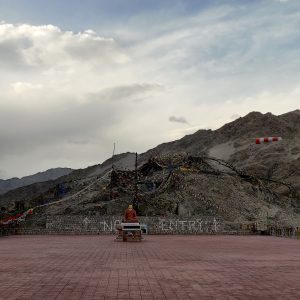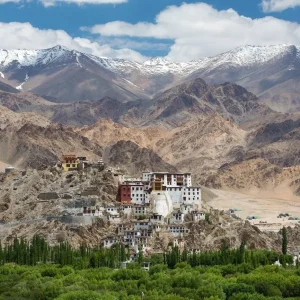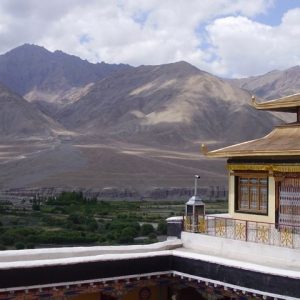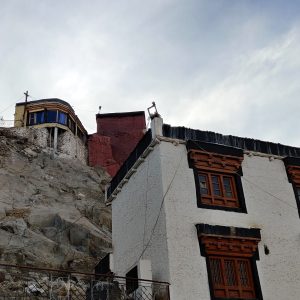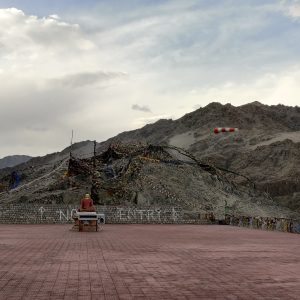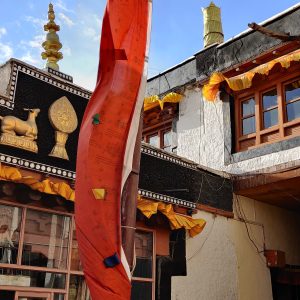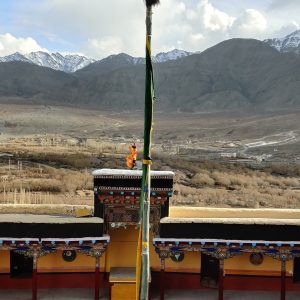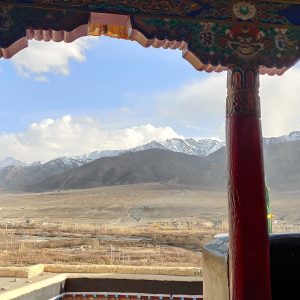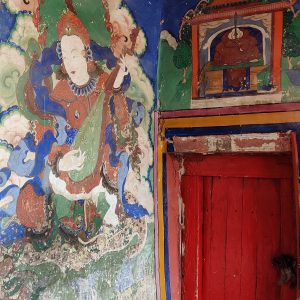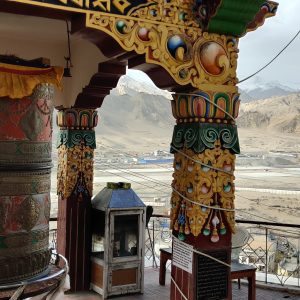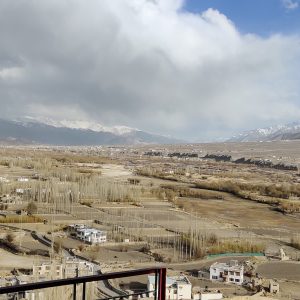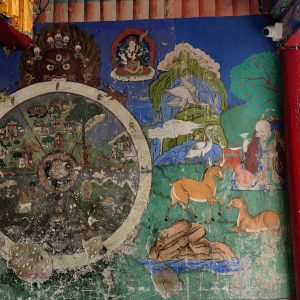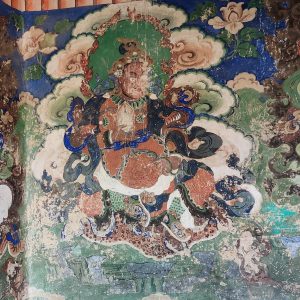Conclusion
Sumda Chun Monastery is not merely an ancient sanctuary; it is a living testament to Ladakh’s spiritual and artistic heritage, nestled in the tranquil village of Sumda Chun.
Believed to have been established in the 11th century by the esteemed translator Lotsawa Rinchen Zangpo, Sumda Chun Monastery is one of three temples—alongside Alchi and Mangyu—said to have been constructed in a single night, a feat attributed to divine intervention. This legend underscores the monastery’s significance in the spread of Buddhism across the Himalayas. The monastery’s remote location contributed to the preservation of its exquisite murals and sculptures, which are exemplary of early Tibetan Buddhist art. In recognition of its cultural value, the World Monuments Fund listed Sumda Chun among the 100 most endangered sites in 2006, leading to a comprehensive conservation effort that earned a UNESCO Asia-Pacific Award for Cultural Heritage Conservation in 2011.
Perched at an altitude of approximately 3,500 meters, Sumda Chun Monastery offers panoramic views of the surrounding Himalayan landscape. The monastery’s architecture features a modest exterior that belies the richness within: intricate wooden carvings, vibrant 11th-century murals, and a central shrine housing the Vajradhatumahamandala, a clay sculpture ensemble considered one of the finest in the Western Himalayas.
For devotees, Sumda Chun Monastery provides a sacred space to connect with Buddhist teachings. For historians and art enthusiasts, it offers a glimpse into the region’s rich Buddhist heritage. And for travelers seeking peace, the silence and sanctity of Sumda Chun Monastery speak volumes.
Whether you’re a seeker of faith or beauty, Sumda Chun Monastery promises to touch your soul and stay etched in your Ladakhi memories forever.



